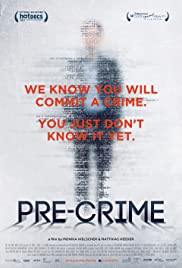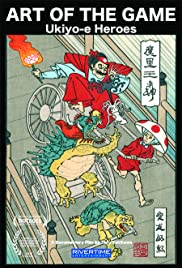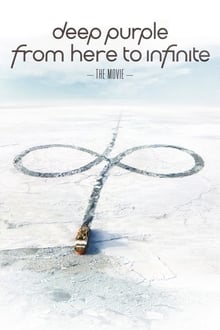
Escapes blazes a path through mid-20th-century Hollywood via the experiences of Hampton Fancher – flamenco dancer, actor, and the unlikely producer and screenwriter of the landmark sci-fi classic Blade Runner. Fancher recounts episodes from his life — romantic misadventures with silver-screen stars, wayward acts of chivalry, jealousy, and friendship — matched with a parallel world of film and TV footage wherein Fancher plays cowboys, killers, fops, cads, and the occasional hero. Escapes shows how one man’s personal journey can unexpectedly shape a medium’s future.
You May Also Like

Olympic Champion, Kiwi Icon, Tongan Leader, Orphan, Mother…winning was just part of the journey.

Over 4 hours of crucial video. Diagnosed with high cholesterol, Craig McMahon took control of his health and beat his genetic fate by consuming a whole plant-based diet inspired by Doctors Campbell, Esselstyn, Greger and McDougall. Certified by Cornell in plant nutrition, Craig asks experts hard science questions and creates delicious healthy meals in his kitchen based from years of research.

Growing up in Granada, Spain, young David Fandila always dreamed of being a matador. This documentary captures the rise of “El Fandi,” one of Spain’s most renowned bullfighters, who first entered the ring at age 14. While it’s never in doubt that Fandila is at the top of his game, filmmakers Stephen Higgins and Nina Gilden Seavey weigh the significance of bullfighting as a cultural tradition against its inherent danger and cruelty.

Risa is known to have supernatural abilities that enable her to communicate with supernatural beings. This film will present horror events packaged like Paranormal Activity.

This documentary exposes the failure of family courts to keep children from being used as a weapon after separation. Courts decision ends up completely erasing one parent, causing severe emotional trauma to children. Psychologist refer to extreme cases as parental alienation, which is a form of Child Psychological Abuse. Essentially brainwashing and manipulating children by one parent to hate or despise the other parent. This results in severe psychological damage based on scientific findings, including depression, low self esteem, drug abuse, being alienated from own children and suicide. Family court reform is badly needed, as this is preventable pandemic affecting over 20 million children in the United States (Harman et al).

Science fiction has become a reality in our modern criminal justice system. A term originally coined by science fiction author Philip K. Dick, “pre-crime” is a policing technique now used in both the US and Europe to identify “hot people”—those most likely to be victims or perpetrators of a crime. Forecasting software and algorithms that have been criticized as inaccurate and arbitrary are used to collect information, and monitor and flag people. But predictive tools are only as good as the data they’re fed. With scant evidence of the reliability of the data sources or the accuracy of the data crunching, misfires are a guarantee. In this chilling and explosive in-depth examination into the modern age of policing, directors Monika Hielscher and Matthias Heider pose an important question: How much freedom and human awareness are we willing to give to the limited logic of technology?

An immersive documentary film featuring behind-the-scenes access to some of basketball’s future stars competing in the G League – the NBA’s developmental league – as they try and achieve their lifelong dream of making it to the NBA.

A Canadian craftsman and an American designer with a father and son generation gap collaborate to revive the ancient Japanese woodcut using pop-culture icons: Mario and Pokémon.

The new film from Sergei Loznitsa (Maidan, The Event) is a stark yet rich and complex portrait of tourists visiting the grounds of former Nazi extermination camps, and a sometimes sardonic study of the relationship (or the clash) between contemporary culture and the sanctity of the site.

Feature length documentary about the story behind the pioneering and influential British heavy metal band as they enter the studio to record their new album.

Up until just over 30 years ago, when the desktop computer debuted, the whole design production process would have been done primarily by hand, and with the aide of analog machines. The design and print industries used a variety of ways to get type and image onto film, plates, and finally to the printed page. Graphic Means is a journey through this transformative Mad Men-era of pre-digital design production to the advent of the desktop computer. It explores the methods, tools, and evolving social roles that gave rise to the graphic design industry as we know it today.
